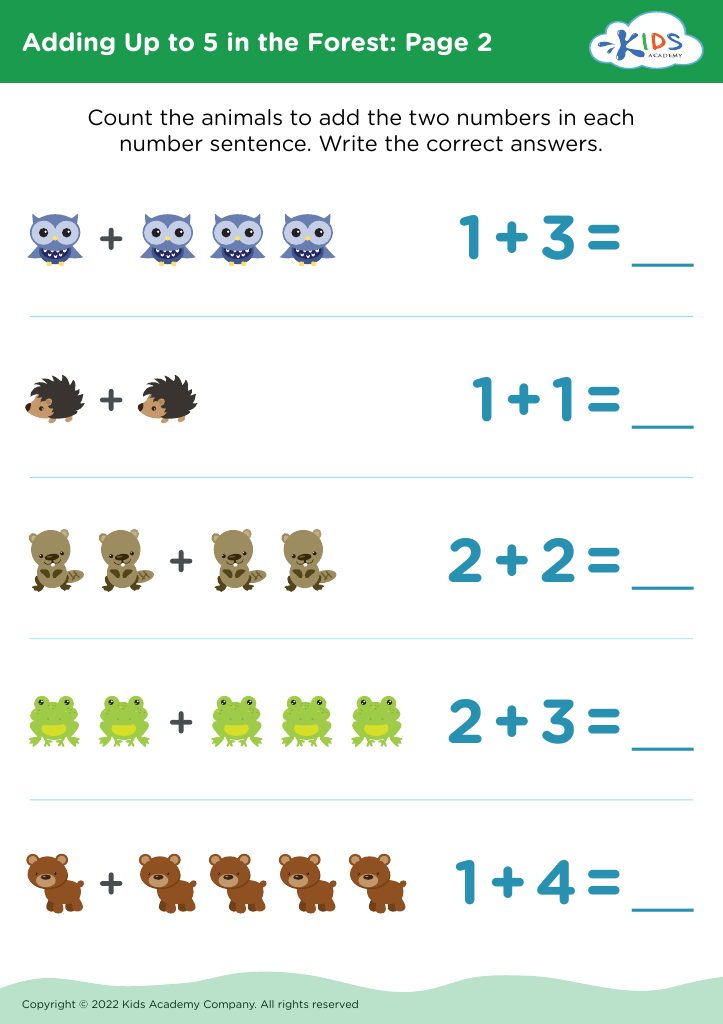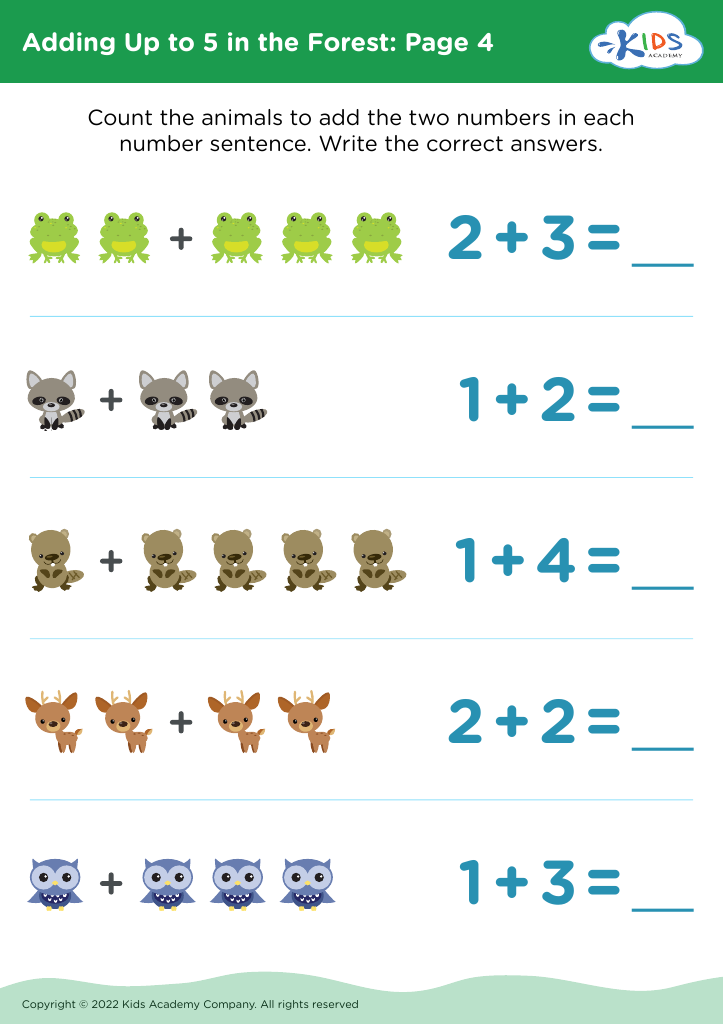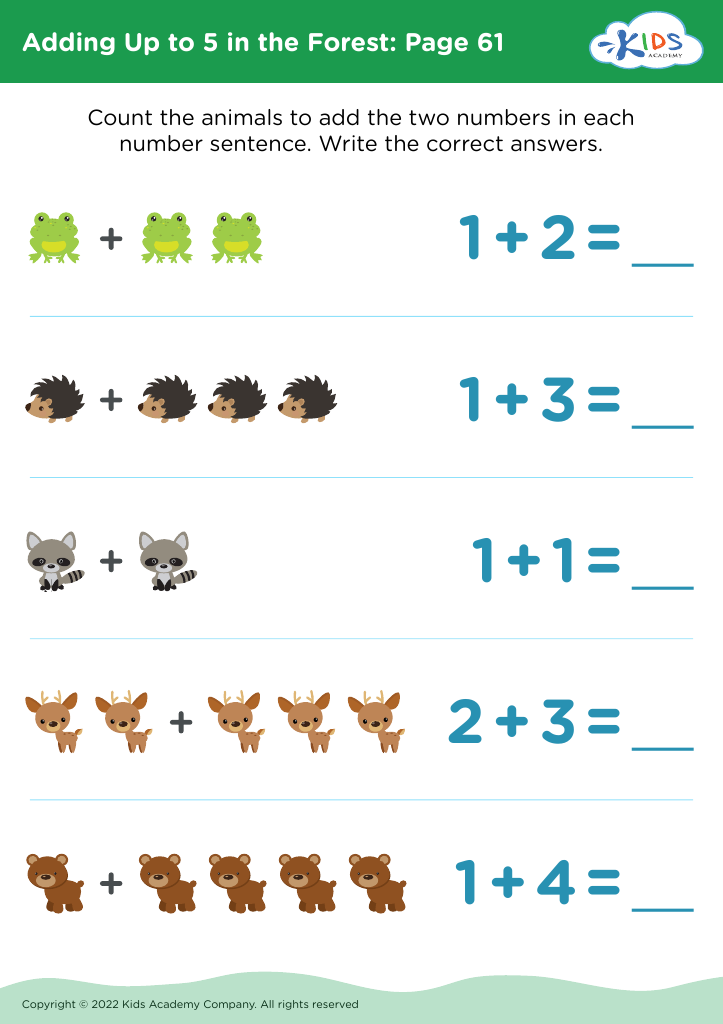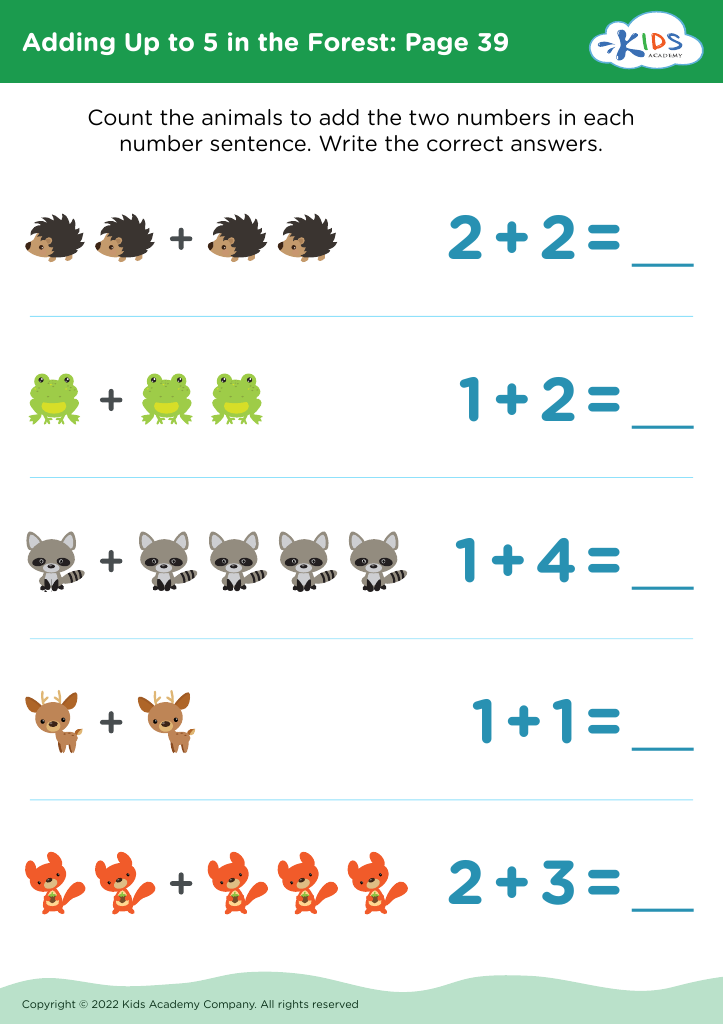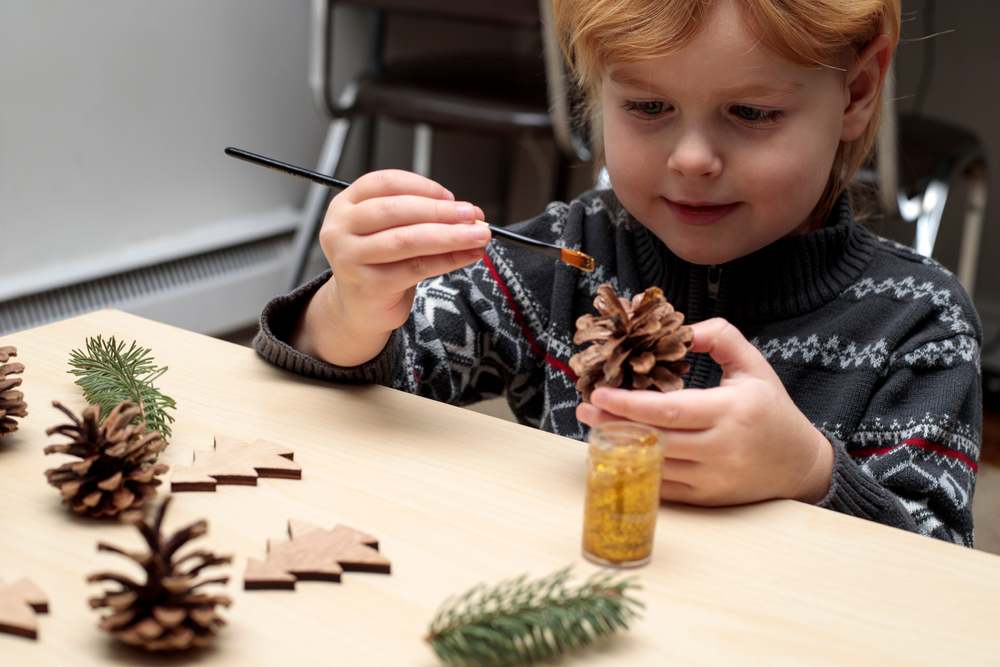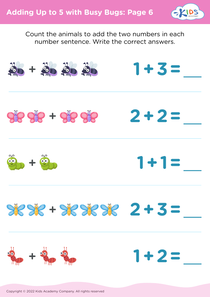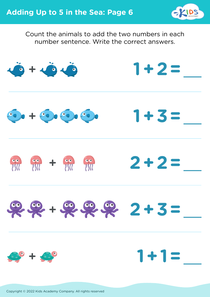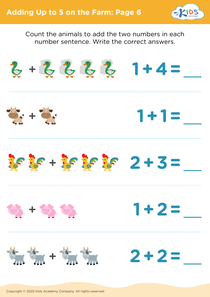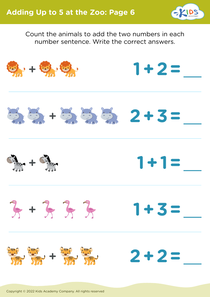Visual perception Adding in the Forest Worksheets for 3-Year-Olds
4 filtered results
-
From - To
Discover our engaging "Visual Perception Adding in the Forest Worksheets" tailored specifically for 3-year-olds! These fun, interactive worksheets enhance early math skills through visual learning, helping little ones grasp basic addition concepts within a captivating forest theme. Children will match quantities with images of adorable forest animals, boosting their counting abilities and visual recognition. Our worksheets foster cognitive development while keeping learning enjoyable. Perfect for parents and educators looking to support their child's early education journey, these resources offer delightful ways to make math exploration fun and accessible. Dive into a world of learning where nature and numbers go hand in hand!
Visual perception is crucial for a child’s development, particularly in early education settings like "Adding in the Forest" for 3-year-olds. At this age, children are developing foundational skills that will influence their ability to learn and interact with the world around them. Strong visual perception skills help children decode the visual information they encounter, which is essential for learning to read, recognizing shapes, and understanding spatial relationships.
Programs like "Adding in the Forest" utilize engaging visual themes to capture children's attention and enhance their learning of numbers and addition in a playful way. By immersing young learners in a nature-based setting, these activities also foster curiosity and exploration, which are key for cognitive development. When parents and teachers focus on developing visual perception skills, they promote critical thinking and problem-solving abilities that are vital for academic success.
Additionally, improved visual perception supports fine motor skills through the activities young children engage in, such as counting and sorting natural items. Therefore, educators and parents should prioritize enhancing visual perception through interactive and imaginative experiences, as this lays the groundwork for effective learning, increased confidence, and a lifelong love of learning.

